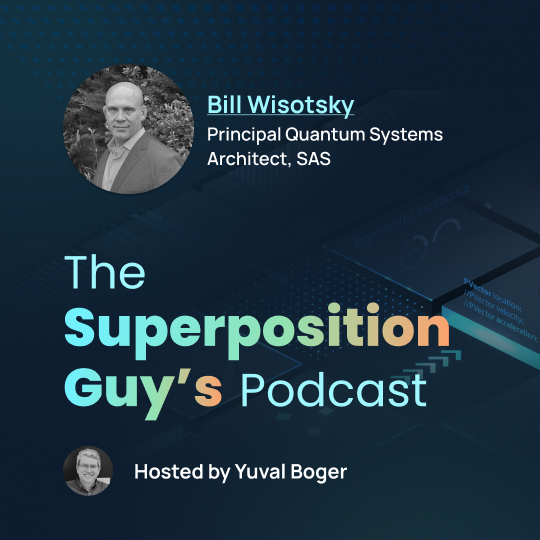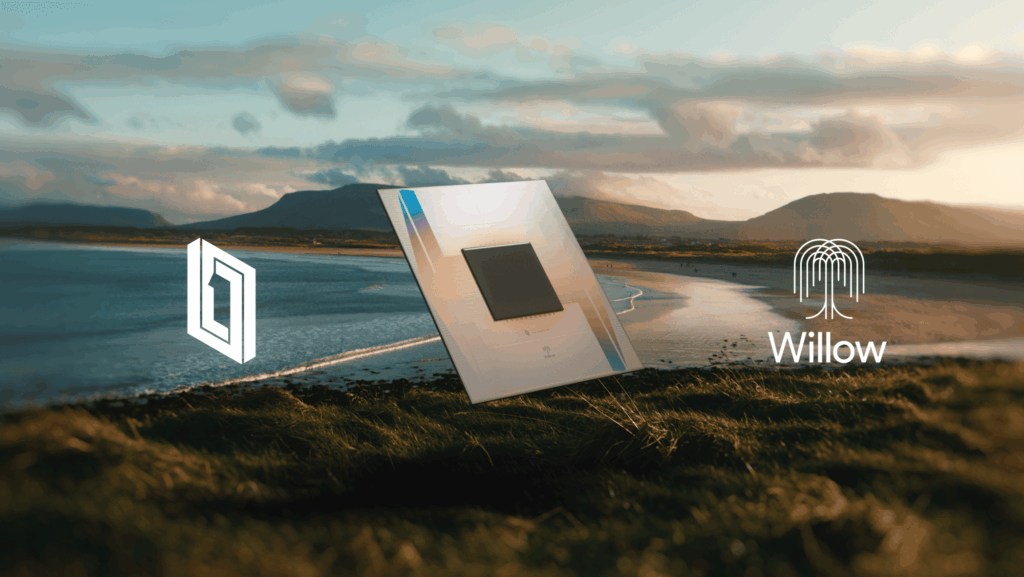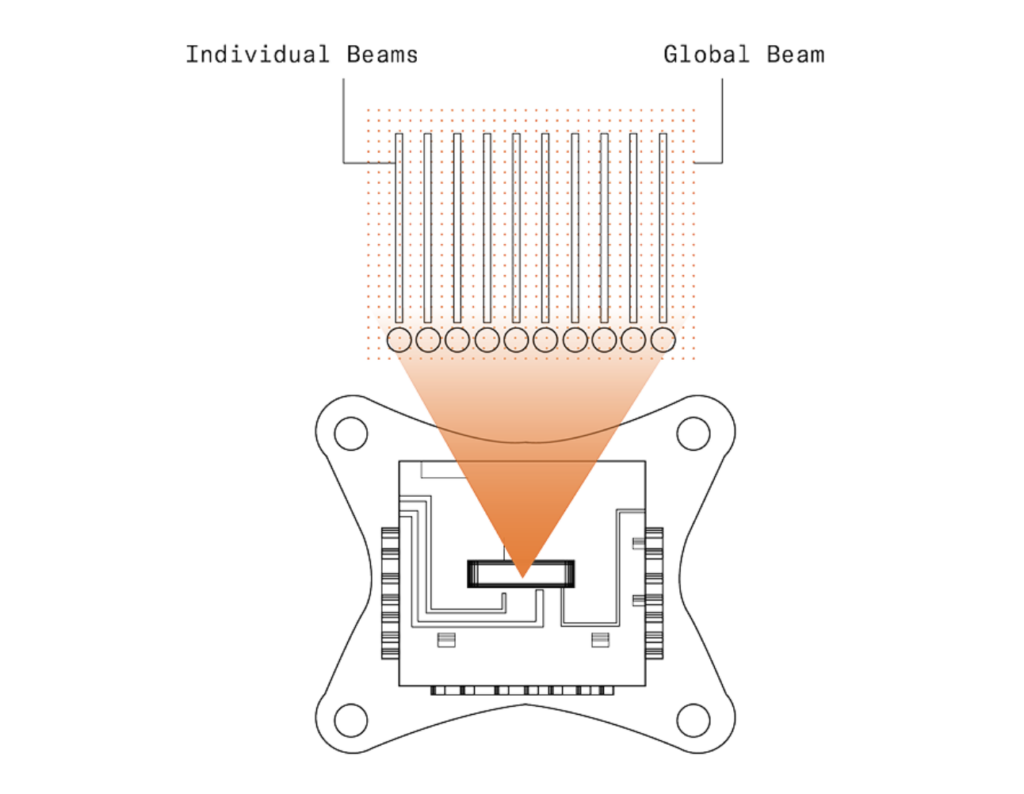Insider Brief
- Physicists from Harvard University in Cambridge, Massachusetts, have taken the first steps toward building quantum computers using individual molecules trapped with optical tweezers, with two teams reporting their results in making pairs of calcium monofluoride molecules interact and become entangled, a key process in quantum computing.
- The studies used arrays of optical tweezers to trap and cool the molecules to temperatures just above absolute zero, allowing for precise control of their rotation.
- Non-rotating molecules represented the ‘0’ state and rotating ones the ‘1’ state of qubits, with the dipolar interaction of molecules providing an additional method for interaction.
UNIVERSITY RESEARCH NEWS —December 7, 2023—Physicists have made the first step towards building quantum computers out of individual molecules trapped with laser devices called optical tweezers. Two teams report their results in Science on 7 December1,2, in both cases making pairs of calcium monofluoride molecules interact so that they became entangled — a crucial effect for quantum computing.
The two papers constitute a “landmark result”, says Adam Kaufman, a physicist at the University of Colorado Boulder. “This opens the door to leveraging entangled states to enhance the potential applications of molecular tweezer arrays.”
Some of the first demonstrations of the basic principles of quantum computing, in the late 1990s, used large numbers of molecules manipulated in a solution inside a nuclear magnetic resonance machine. Since then, researchers have developed a variety of other platforms for quantum computing, including superconducting circuits and individual ions held in a vacuum. Each of these objects is used as the fundamental unit of quantum information, or qubit — the quantum equivalent of the bits in classical computers.

In the past few years, another strong contender has emerged, in which the qubits are made of neutral atoms — as opposed to ions — trapped with highly focused laser-beam ‘tweezers’.
Now, two separate teams have made early progress towards using this approach with molecules instead of atoms. “Molecules have a bit more complexity, which means they offer new ways to both encode quantum information, and also new ways in which they can interact,” says Lawrence Cheuk, a co-author of one of the papers2 who is a physicist at Princeton University in New Jersey. “This offers unprecedented ways for processing quantum information.”
Very cool molecules
Both studies used arrays of optical tweezers with one molecule trapped in each tweezer. Through laser techniques, they cooled the molecules to temperatures of tens of microkelvin, just millionths of a degree above absolute zero. In this state, the molecules were close to being completely still. Their rotation could be stopped, or they could be made to rotate with just one quantum of rotational momentum, called ħ — the smallest rotational speed they can possibly have. Both teams used non-rotating molecules to represent the ‘0’ state of their qubits, and rotating ones to represent the ‘1’.
Calcium monofluoride is highly polar — the negative electric charges carried by its electrons cluster towards the fluorine atom, leaving the calcium end of the molecule with a net positive charge. The researchers could coax two calcium monofluoride molecules to interact by ‘feeling’ each other’s positive and negative poles. “The dipolar interaction of molecules gives us an extra tuning knob,” says John Doyle, a physicist at Harvard University in Cambridge, Massachusetts, who co-authored the other paper1.
In this way, the team was able to demonstrate that the molecules became entangled, meaning that they formed a collective quantum system. This is required for quantum computers to run algorithms.
For most applications, molecular quantum computers will be slower than those using other types of qubit, researchers say. But molecules could be a natural environment in which to manipulate quantum information using ‘qutrits’, which have the three possible states: −1, 0 and +1. Qutrits could offer a way to carry out quantum simulations of complex materials or the fundamental forces of physics.
Doyle adds that these advances could also help in the use of trapped molecules for high-precision measurements that could reveal the existence of new elementary particles.
The work “highlights the phenomenal rate at which this field has advanced,” says Hannah Willams, a physicist at the University of Durham, UK. “With this achievement, they have shown that molecules will be the basis for a competitive platform capable for quantum simulation.”
doi: https://doi.org/10.1038/d41586-023-03943-1
References
- Bao, Y. et al. Science https://doi.org/10.1126/science.adf8999 (2023).
2. Holland, C. et al. Science https://doi.org/10.1126/science.adf4272 (2023).
Featured image: Quantum entanglement (illustration) is one of the effects that underpins quantum-computing technology. Credit: Peter Jurik/Alamy
For more market insights, check out our latest quantum computing news here.


















